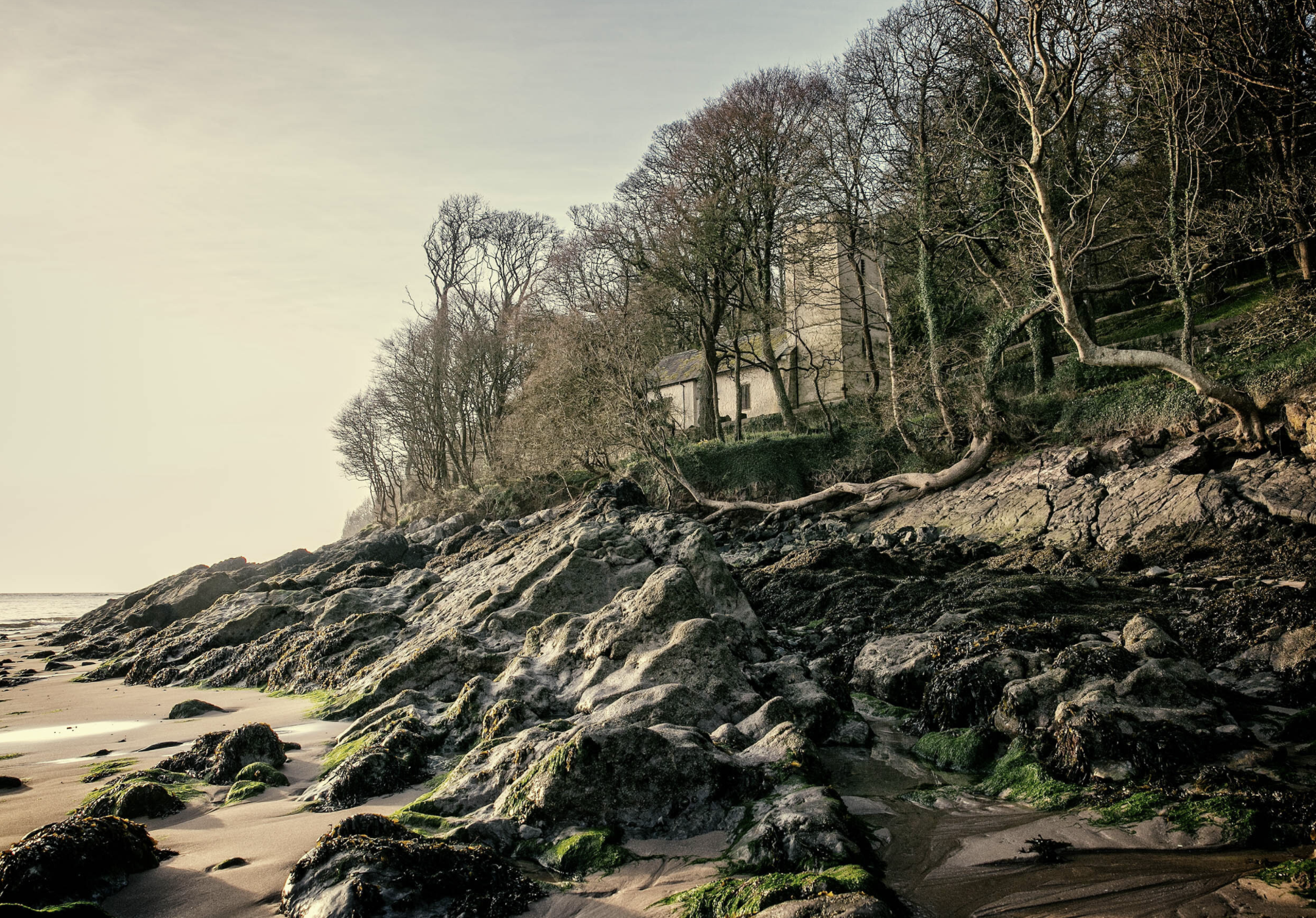The mysteries and histories of Gower’s churches
Gower is a spiritual place. A place where people have found solace and peace in its spectacular landscape for hundreds of years. It’s also a place that is filled with churches which have special stories to tell.
The seventeen Gower churches, large and small, are well worth visiting and following in the footsteps of the saints whose names they carry. All these churches welcome people of all faiths and none, to step inside and marvel at the architecture, history and artistic creations. Or wander around the churchyards and explore the past through the gravestones and folklore.
Start close to Bayview, with a stroll to St Illtyd’s, our 13th Century church nestled in the woods that run right down to the sea. Step inside and see the effigies of Oxwich ‘locals’: the knight and his lady depicted, represent two members of the De La Mere family who used to own nearby Oxwich Castle, but who tragically drowned in Oxwich Bay in the 14th Century. Wander around the churchyard and don’t overlook the well that has long dried-up, as it has a spooky history steeped in local legend. In the past, locals believed the well to have been haunted by a ghostly white horse called a ‘ceffyl dwr’ (a water horse in Welsh folklore) that was said to have been seen in the churchyard before vanishing into the waters of the well.
Visit St Mary’s set in the dramatic location of Gower’s most western village of Rhossili. The church contains a plaque to the memory of Rhossili-born, Edgar Evans, a member of the ‘Polar Party’ who perished on Scott’s ill-fated expedition to the South Pole (1911-1912). And by the way, Edgar Evans was a first cousin of my great-grandfather!
Don’t miss out on St Catwg’s, Port Eynon, a village just around the point from Oxwich, with a proud sea-faring past. The church has an imposing memorial to the crew of the lifeboat who all perished in the disaster of 1916 as well as monuments to those from the village lost in the two Great Wars of 1914-1918 and 1939-1945.
Go to the north of the peninsula to St Cenydd’s, Llangennith. This is a comparatively large Gower church and the only one with a lych gate (a covered gate to receive bodies for burial). The carved gate tells the story of St. Cenydd, who founded the church after living as a hermit on the nearby island of Burry Holms. On Mapsant Day (July 5th) the church celebrates the legend of the crippled child Cenydd being saved by a seagull, after being born of an incestuous relationship and cast out from the Arthurian Court at Loughor, by hoisting the effigy of a bird up the stone church tower! The famous Gower folk singer, Phil Tanner, known as the ‘Gower Nightingale’ is buried in the churchyard.
St Mary’s, Pennard has not one, but three acclaimed Gower poets put to rest in the churchyard: Gower’s ‘poet of place’, Vernon Watkins (1906-1967), Harri Webb (1920-1994), and Nigel Jenkins (1949-2014).
For a clear and very accessible map of all the church locations and detailed descriptions, please download In the steps of the Saints.


